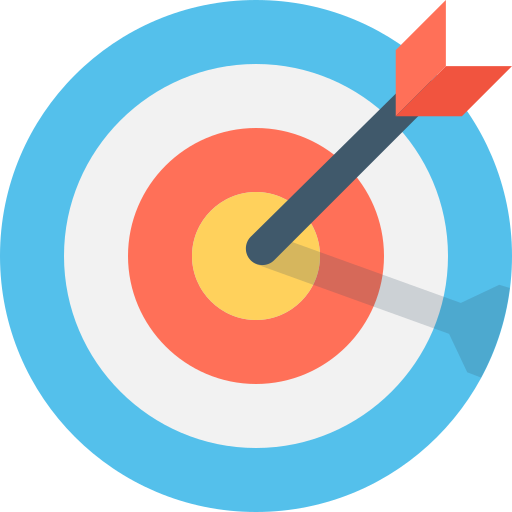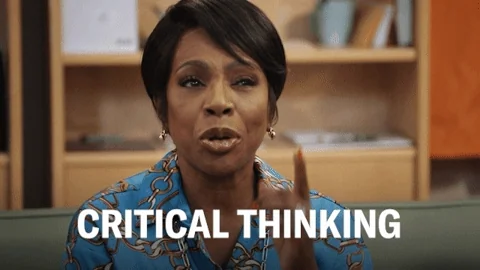Imagine you had a weird dream yesterday, and you want someone to explain it using Sigmund Freud's theory of dream interpretation. Where would you look for an answer?

If your answer is ChatGPT, then you share the same habit as over 180 million peers who are users of GPT today.
Among the many uses of the omnipotent ChatGPT, it serves as a handy learning tool for various subjects, such as psychology.

However, often when we open ChatGPT, we're unsure how to word a prompt to get a satisfactory answer. Learning how to word a ChatGPT prompt can save you a lot of trial-and-error time.
The following strategies will help you word a prompt effectively in finding the right solution to a psychological problem.
1. Narrow it down
Unless you want a general overview of the entire field of psychology, you likely have specific interests in certain topics or problems to address using psychological knowledge.

If so, tell ChatGPT:
Which psychology topics you want to learn about
What problems you hope to address with this knowledge
This way, you'll narrow the focus and get information targeted to your needs.

Here are some examples of purpose statements that you include in ChatGPT prompts:
Psychology theories that can help me enhance my conflict resolution skills
Freud's Theory of the Unconscious Mind to help me interpret my dreams
Carl Jung’s Theory of Psychological Types to help me interact with people of different personality types

Quiz: Select the purpose statements that help make effective ChatGPT prompts.
A. "I want to learn about developmental psychology to better support the growth of my infant son."
B. "Teach me about Adler’s Individual Psychology to help me deal with trauma."
C. "I want to learn more about psychology topics to be more knowledgeable."
D. "Teach me about psychological theories that can help me become a better communicator."
Quiz
2. Assign it a role
Choose a role for ChatGPT and ask it to respond in a way that suits your needs.

Here are some role instructions you can use in ChatGPT prompts:
"Answer my question in simple language, like a primary school teacher explaining psychology concepts to students."
"Please speak to me as a therapist would, using an encouraging and healing tone."
"Teach me this psychology knowledge as a friend would, in a friendly and approachable manner."

3. Put them together
Now that you've chosen the psychology topics you'd like to learn about and assigned a role to ChatGPT, it's time to combine them into prompts and try them out!

Let's try a prompt based on what we discussed earlier:
Hi ChatGPT, I want to learn about psychology theories that can help me enhance my conflict resolution skills. Please teach me in simple language, as a primary school teacher would explain psychology concepts to students.

This is how ChatGPT responded:

This response from ChatGPT introduces relevant psychology topics and provide specific tips on how they can help address the problem. The language is easy to understand and approachable, as we requested.

You can use follow-up ChatGPT prompts by:
Narrowing it down further.
Providing more context for your request.
Continue this process until you receive a satisfactory response.
4. Approach ChatGPT with a critical eye
While we marvel at ChatGPT's ability to generate responses, remember that it is not human and may provide inaccurate or outdated information.

Always practice critical thinking when using ChatGPT. Consider the following suggestions:
Use multiple sources of information to cross-check accuracy.
Consult a professional for sensitive or important decisions.
Use it as a tool to generate ideas and inspire creativity.
Take Action
Now it's time to practice using the tips we discussed. With the help of ChatGPT prompts, explore the world of psychology and make the most of it to benefit your life!

What's next?
Your feedback matters to us.
This Byte helped me better understand the topic.
